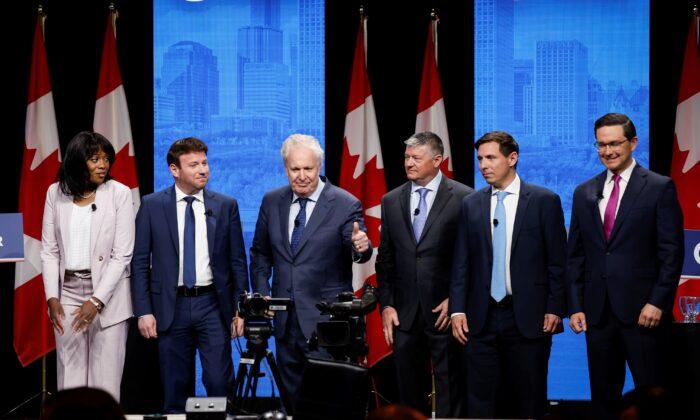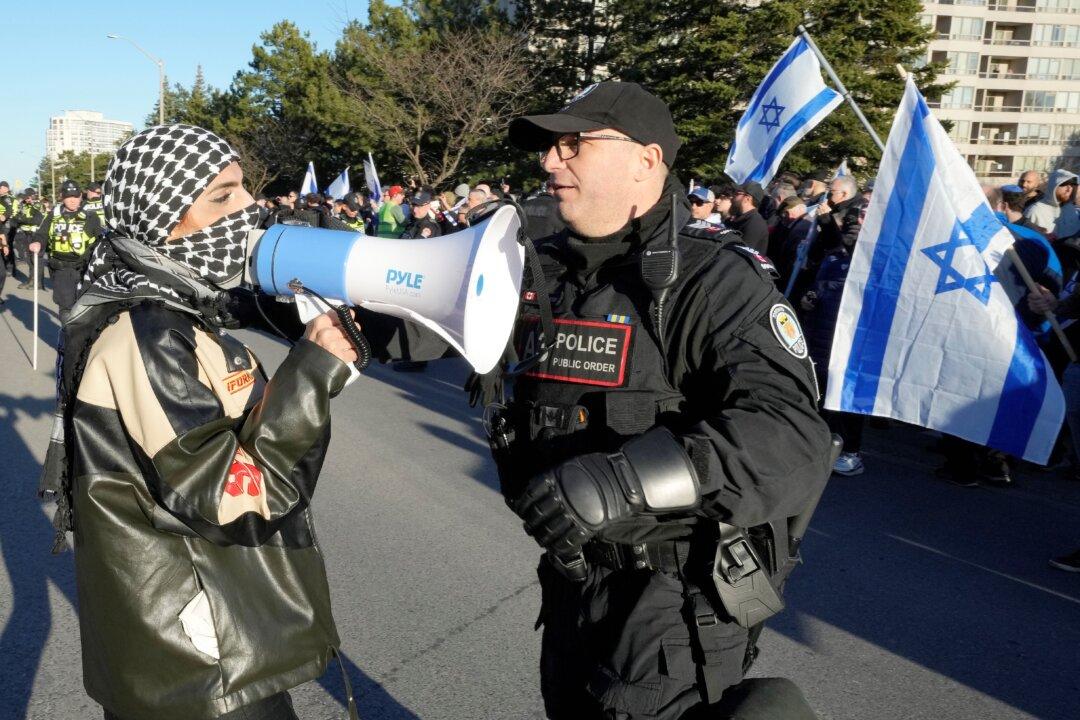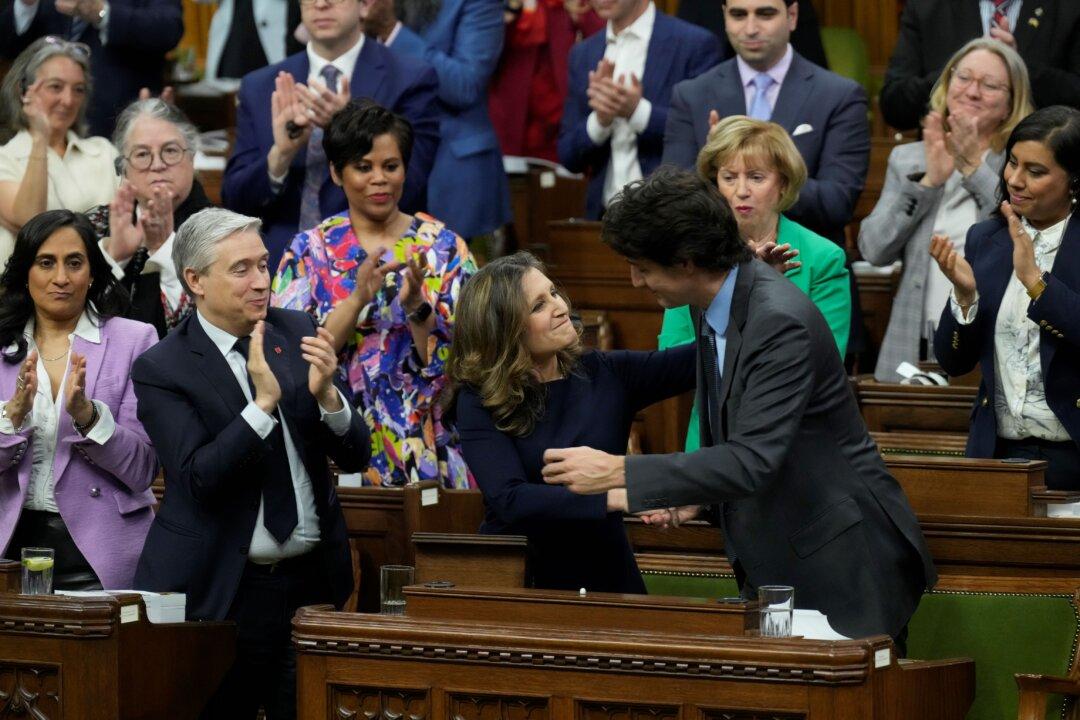If I had to describe the second debate among the leadership contenders for the Conservative Party of Canada (CPC) in one word, it would be “weird.”
The first leadership debate was held by the Canada Strong and Free Network at their annual conference in Ottawa. Five out of six of the candidates participated with Patrick Brown declining his invitation. The debate was the most explosive and vitriolic that I have ever seen in an internal party race. Jean Charest and Pierre Poilievre dominated the entire debate with sharp barbs directed at each other while the remaining three candidates fought to be noticed.
Many pundits and politicians were sharply critical of the debate performance. They felt it was too divisive and actually caused damage to the conservative brand.
In response, a bizarre format and moderation scheme was created for the second debate in Edmonton. It was an experiment in debate moderation and while it may have had the best of intentions, it could only be considered a failure.
Moderator Tom Clark laid down the law early as candidates were instructed not to mention any other candidates or current politicians. If candidates did break this rule, they would be interrupted by the sound effect of a sad trombone. Jean Charest ran afoul of this rule first and was clearly upset as the bizarre sound interrupted his question responses when he referred to the prime minister.
Next, the moderator admonished the audience and warned that no cheering or booing was to be tolerated or their preferred candidate would be penalized. Poilievre repeatedly had time removed from his responses due to audience infractions.
Lightning rounds modelled to speed discourse kept candidates to 15-second answers. It was much too short and candidates had a hard time making points.
The debate then took another odd turn as a series of questions were presented that sounded more appropriate for a dating profile than a political debate. Candidates all appeared awkward as they had to come up with answers to questions on things such as their favourite music or which TV shows they had recently binge-watched.
Candidates were then issued paddles that they could raise in order to initiate one-on-one debates with each other. They had a limited number of times they could use the paddles. It had a game show feel about it and many candidates ran out of paddle credits early and couldn’t respond to later questions. It was a confusing system for the candidates and moderator alike as they tried to determine who could or couldn’t respond to questions.
This is what I could gather about the candidates from this odd debate format.
Pierre Poilievre stayed focused on his fiscal responsibility theme and took shots at Charest whenever possible for his liberal history.
Jean Charest insisted that his political experience ensures he is the only one who can win enough seats across Canada to form a majority government. He stated that he is not a hyphenated conservative as he fended off accusations of being liberal.
Scott Aitchison worked to fill the role of being a voice of calm and reason in avoiding clashes with other candidates. He focused on party unity and distinguished himself as being only one of two candidates opposing supply management policies.
Leslyn Lewis was sharply critical of Poilievre’s support of digital currencies. Lewis also staked ground on the social conservative front by being the only candidate saying she is pro-life.
Roman Baber talked about individual freedoms and felt that trust in democracy is our top issue in Canada. He came across as thoughtful and controlled in his responses.
Patrick Brown constantly shot at past campaign planks of the CPC and implied that as a fresh face in the party he could win a majority government and draw new voters where other candidates had failed.
The candidates for the most part stuck to the straight and narrow. The strict moderation may have prevented outbursts and vitriol between candidates, but it also kept them from expanding or pitching new policies or ideas. The questions from the moderator often had preambles that took more time than the candidates were allowed to use answering them.
With only one other official debate scheduled for the campaign and that one being in French, it is tragic that this debate was so strange and unproductive. For those who want to learn more about the candidates and how they respond in a debate situation, I suggest they look up the debate from the Canada Strong and Free Network and watch one of the archived streams out there. Patrick Brown was missing and the candidates spent a lot of time fighting, but it was still a superior debate to the unusual and stunted one in Edmonton.
There is a good spectrum of thought between the six candidates with some different approaches on how they would lead the party. Unfortunately, the Edmonton debate didn’t really allow many of those ideas to come through.





